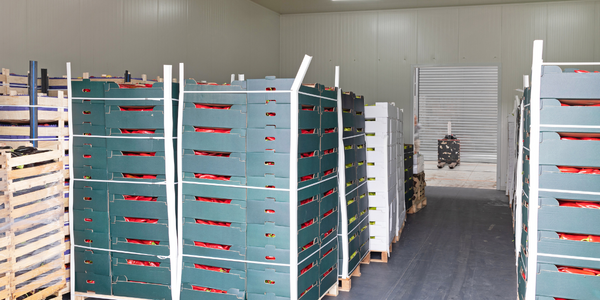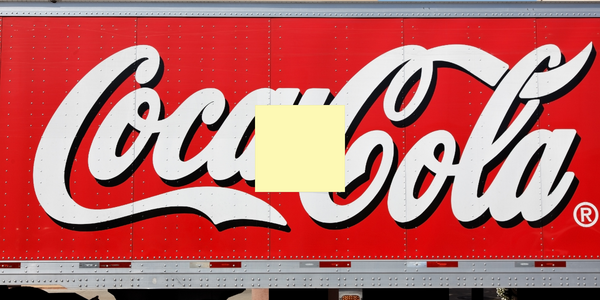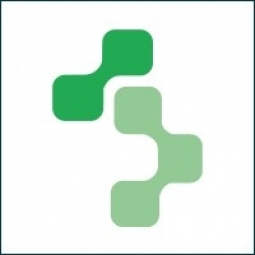适用行业
- 食品与饮料
用例
- 行为与情绪追踪
- 泄漏与洪水监测
服务
- 测试与认证
关于客户
Greenyard Fresh 是全球领先的新鲜水果、蔬菜、花卉、植物和生鲜物流供应商。该公司总部位于比利时,年营业额达 32 亿欧元,拥有员工 8000 人。 Greenyard Fresh 致力于食品安全和质量,并始终寻求改进流程并与合作伙伴分享知识和经验的方法。该公司是使用 ChainPoint 作为共享资源的几家公司之一,受益于成本降低以及共享知识和经验。
挑战
Greenyard Fresh 是全球领先的生鲜农产品和物流供应商,面临着每天管理数千个产品样品的残留监测流程的挑战。该公司年营业额达 32 亿欧元,拥有 8000 名员工,需要一个系统在残留物超出允许量时发出警报。该挑战还包括需要对收集的数据进行高级分析以提供大量见解。此外,Greenyard Fresh 希望能够与合作伙伴共享匿名信息,以共同增进对流程、产品质量和食品安全的了解。
解决方案
Greenyard Fresh采用了ChainPoint(一种多方共享资源)来管理残留监测流程。食品实验室每天都会直接向 ChainPoint 提交数千个产品样品的测试结果。如果残留量超过允许量,Greenyard Fresh 用户会收到警报,并可以单独查看每个测试结果。使用商业智能软件,对收集的数据进行高级分析为 Greenyard Fresh 提供了大量见解。如果 Greenyard Fresh 选择,它可能会与其合作伙伴共享匿名信息,共同努力了解有关流程、产品质量和食品安全的更多信息。此外,还使用了 Fresh.Point,这是一个针对欧洲水果和蔬菜行业批发商和国际贸易商的协作监控平台。它将贸易商与食品实验室联系起来,并支持分配、报告和分析产品测试的工作流程。
运营影响

Case Study missing?
Start adding your own!
Register with your work email and create a new case study profile for your business.
相关案例.

Case Study
The Kellogg Company
Kellogg keeps a close eye on its trade spend, analyzing large volumes of data and running complex simulations to predict which promotional activities will be the most effective. Kellogg needed to decrease the trade spend but its traditional relational database on premises could not keep up with the pace of demand.

Case Study
HEINEKEN Uses the Cloud to Reach 10.5 Million Consumers
For 2012 campaign, the Bond promotion, it planned to launch the campaign at the same time everywhere on the planet. That created unprecedented challenges for HEINEKEN—nowhere more so than in its technology operation. The primary digital content for the campaign was a 100-megabyte movie that had to play flawlessly for millions of viewers worldwide. After all, Bond never fails. No one was going to tolerate a technology failure that might bruise his brand.Previously, HEINEKEN had supported digital media at its outsourced datacenter. But that datacenter lacked the computing resources HEINEKEN needed, and building them—especially to support peak traffic that would total millions of simultaneous hits—would have been both time-consuming and expensive. Nor would it have provided the geographic reach that HEINEKEN needed to minimize latency worldwide.

Case Study
Energy Management System at Sugar Industry
The company wanted to use the information from the system to claim under the renewable energy certificate scheme. The benefit to the company under the renewable energy certificates is Rs 75 million a year. To enable the above, an end-to-end solution for load monitoring, consumption monitoring, online data monitoring, automatic meter data acquisition which can be exported to SAP and other applications is required.

Case Study
Coca Cola Swaziland Conco Case Study
Coco Cola Swaziland, South Africa would like to find a solution that would enable the following results: - Reduce energy consumption by 20% in one year. - Formulate a series of strategic initiatives that would enlist the commitment of corporate management and create employee awareness while helping meet departmental targets and investing in tools that assist with energy management. - Formulate a series of tactical initiatives that would optimize energy usage on the shop floor. These would include charging forklifts and running cold rooms only during off-peak periods, running the dust extractors only during working hours and basing lights and air-conditioning on someone’s presence. - Increase visibility into the factory and other processes. - Enable limited, non-intrusive control functions for certain processes.

Case Study
Temperature Monitoring for Restaurant Food Storage
When it came to implementing a solution, Mr. Nesbitt had an idea of what functionality that he wanted. Although not mandated by Health Canada, Mr. Nesbitt wanted to ensure quality control issues met the highest possible standards as part of his commitment to top-of-class food services. This wish list included an easy-to use temperature-monitoring system that could provide a visible display of the temperatures of all of his refrigerators and freezers, including historical information so that he could review the performance of his equipment. It also had to provide alert notification (but email alerts and SMS text message alerts) to alert key staff in the event that a cooling system was exceeding pre-set warning limits.

Case Study
Coca-Cola Refreshments, U.S.
Coca-Cola Refreshments owns and manages Coca-Cola branded refrigerators in retail establishments. Legacy systems were used to locate equipment information by logging onto multiple servers which took up to 8 hours to update information on 30-40 units. The company had no overall visibility into equipment status or maintenance history.







